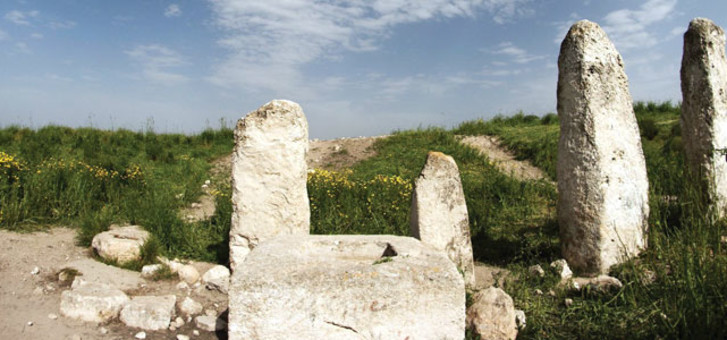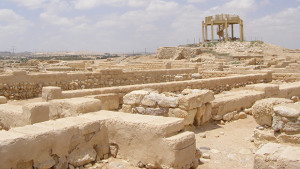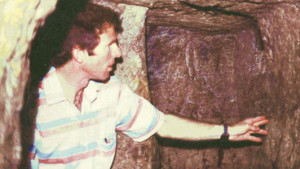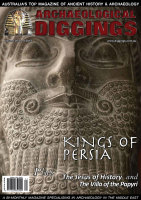Tel Gezer was a major Canaanite and Israelite city in the foothills of the Judean mountains (the Shefelah), and was researched by several archaeological expeditions since the beginning of the 20th century. R.A.S. Macalister, who initially dug the site’s water system more than a hundred years ago, uncovered a diagonal tunnel leading to water level. Macalister did not clear the water or dive to inspect the bottom of the shaft, and his finds were not enough to date the tunnel. Since then more than 20 more shafts or tunnels were recovered in Biblical sites across the country, yet with the exception of “Hezekiah’s tunnel”, none were found with an inscription, or any other clear dating material.
In 2010 Dr. S. Ortiz of the New Orleans Baptist Theological Seminary and Dr. T. Tsuk, chief archaeologist of Israel’s Nature Parks Authority returned to the site in the hopes of retrieving an indication of the time of the water system. Recently Dr. Tsuk announced reaching and clearing the bottom of the tunnel (which does not carry any more water), which turned to bear plenty of pottery shards all clearly dating to the 14th-13th century BC.
This means the water system of Gezer (and perhaps others) is clearly from Canaanite times, and has to be explained within the political context of the Late Bronze age. This period is known from the El-Amarna letters to be a period that Egypt was supposedly controlling all Canaanite cities. Was this an Egyptian sponsored project? Or was it a local project to protect the city from some external threat? Or Philistines? Or Israelites? These preliminary assumptions will have to be further studied.






